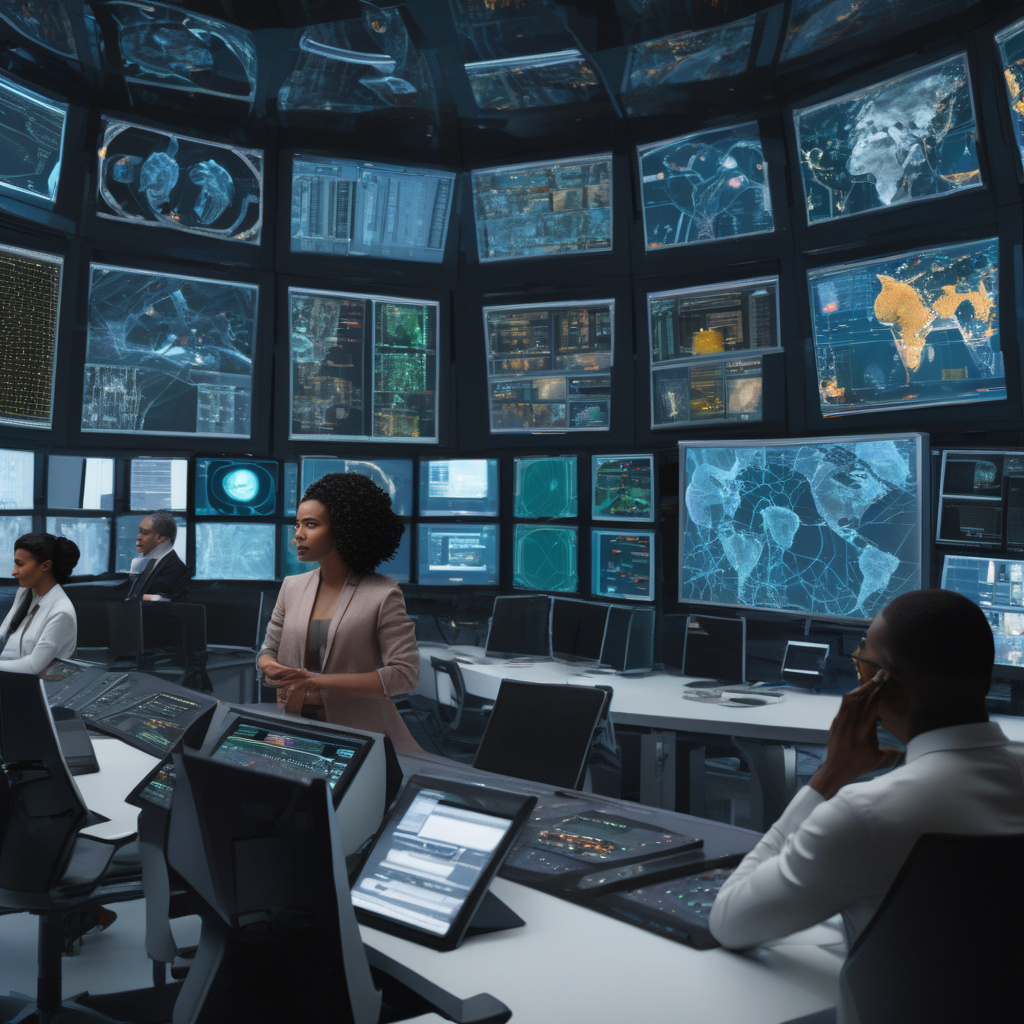Cybersecurity in the AI Era: Evolve Faster Than the Threats or Get Left Behind
In today’s digital landscape, the intersection of cybersecurity and artificial intelligence (AI) is reshaping the way we approach defense strategies. The rapid advancement of AI technology is not only revolutionizing industries but also transforming the cybersecurity landscape at an unprecedented pace. As attackers leverage AI to automate their malicious activities, defenders must adapt swiftly to stay ahead of the evolving threats or risk falling behind.
Attackers are harnessing the power of AI to streamline their operations, enabling them to conduct automated reconnaissance, craft sophisticated phishing lures, and exploit vulnerabilities with unprecedented speed and precision. By leveraging AI-driven tools, malicious actors can launch large-scale attacks with minimal human intervention, making it challenging for traditional security measures to keep up.
On the other hand, cybersecurity defenders are facing a deluge of data and alerts, leading to alert fatigue and making it increasingly difficult to differentiate between genuine threats and false positives. The sheer volume of information to process, coupled with the speed at which attacks can occur, has created a pressing need for more efficient and effective security solutions.
This is where AI comes into play as a game-changer in the realm of cybersecurity. By harnessing the capabilities of AI, defenders can enhance their threat detection and response capabilities, enabling them to analyze vast amounts of data in real-time, identify patterns, and predict potential threats before they materialize. AI-powered security tools can automate routine tasks, allowing security teams to focus their efforts on addressing complex and high-priority issues.
One of the key advantages of AI in cybersecurity is its ability to adapt and learn from new data patterns continuously. Machine learning algorithms can evolve and improve over time, becoming more adept at identifying and mitigating emerging threats. This adaptive nature of AI is crucial in combating the dynamic and evolving nature of cyber threats, providing defenders with a proactive defense mechanism against sophisticated attacks.
By integrating AI into their cybersecurity strategies, organizations can gain a competitive edge in the ongoing battle against cyber threats. AI-powered solutions can help organizations stay one step ahead of attackers by enabling faster threat detection, real-time incident response, and proactive threat hunting capabilities. In a landscape where seconds can make the difference between a successful defense and a data breach, the speed and accuracy of AI-driven tools are invaluable assets.
To thrive in the AI era of cybersecurity, organizations must prioritize investing in AI-driven security solutions and upskilling their teams to leverage these technologies effectively. Embracing AI is not just about adopting cutting-edge tools but also about fostering a culture of innovation and adaptability within the cybersecurity workforce. By empowering security professionals with the necessary skills and resources, organizations can build a resilient defense posture that can withstand the evolving threat landscape.
In conclusion, cybersecurity in the AI era demands a paradigm shift in how organizations approach defense strategies. To evolve faster than the threats lurking in the digital realm, organizations must embrace AI as a cornerstone of their cybersecurity initiatives. By harnessing the power of AI-driven technologies, organizations can fortify their defenses, outpace attackers, and stay ahead of the curve in an ever-changing cybersecurity landscape. The choice is clear: evolve with AI or risk getting left behind in the face of relentless cyber threats.

